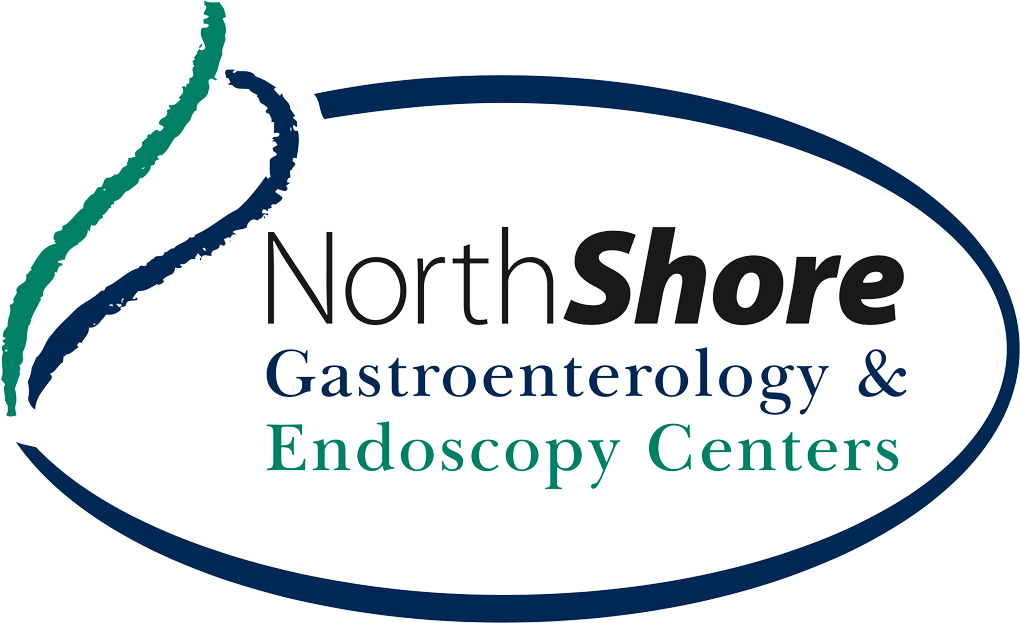Introduction
Anatomy
Your intestines are protected, supported, and held in place by fat, tissues, and a thin muscle layer. Fat tissue and your skin cover the muscle layer.Causes
An inguinal hernia is the most common type of hernia to require surgery. It occurs more frequently in men than in women. It may appear in the groin area or scrotum (in men).
A femoral hernia is the most frequently occurs in women. It is the most common type of hernia to become strangulated, a life-threatening complication when the blood supply is cut off. More information about strangulated hernias appears in the “Complications” section of this article. A femoral hernia appears in the upper thigh.
An incisional hernia develops in the abdominal wall at a place where a surgical incision did not heal properly. An incisional hernia may cause discomfort, but is rarely associated with serious complications.
Some people are born with an umbilical hernia. It results from a weakness in the abdominal wall surrounding the umbilicus, where the belly button is located. Umbilical hernias are more common in boys than girls and usually do not cause symptoms until adulthood.
Symptoms
Diagnosis
Treatment
Prevention
Am I at Risk
Risk factors for developing a hernia include:
_____ People with a family history of hernias have an increased risk of developing a hernia.
_____ Being overweight increases the risk of a hernia.
_____ People with cystic fibrosis have an increased risk of developing a hernia.
_____ Men with undescended testicles or enlarged prostate have an increased risk for a hernia.
_____ Straining from chronic constipation can contribute to a hernia.
_____ Chronic coughing increases the risk of a hernia.
Complications
A strangulated hernia can occur if the blood supply is cut off from a trapped portion of the intestine. A strangulated hernia causes excruciating pain and serious illness. A strangulated hernia is an emergency medical condition, and you should seek immediate treatment in the emergency room of a hospital. You should contact your doctor immediately if you experience nausea, vomiting, fever, or if your hernia appears red, purple, dark, or discolored.
Copyright © - iHealthSpot Interactive - www.iHealthSpot.com
This information is intended for educational and informational purposes only. It should not be used in place of an individual consultation or examination or replace the advice of your health care professional and should not be relied upon to determine diagnosis or course of treatment.
The iHealthSpot patient education library was written collaboratively by the iHealthSpot editorial team which includes Senior Medical Authors Dr. Mary Car-Blanchard, OTD/OTR/L and Valerie K. Clark, and the following editorial advisors: Steve Meadows, MD, Ernie F. Soto, DDS, Ronald J. Glatzer, MD, Jonathan Rosenberg, MD, Christopher M. Nolte, MD, David Applebaum, MD, Jonathan M. Tarrash, MD, and Paula Soto, RN/BSN. This content complies with the HONcode standard for trustworthy health information. The library commenced development on September 1, 2005 with the latest update/addition on February 16, 2022. For information on iHealthSpot’s other services including medical website design, visit www.iHealthSpot.com.
